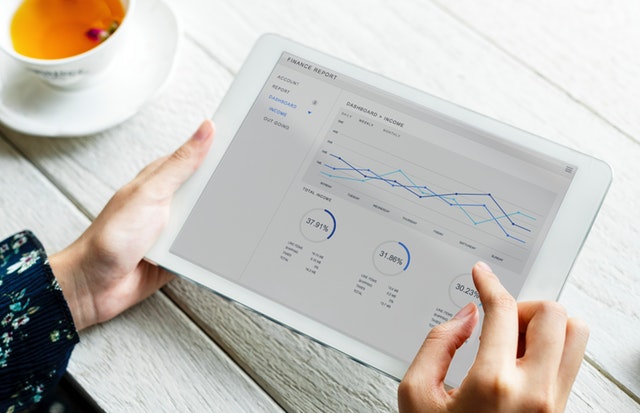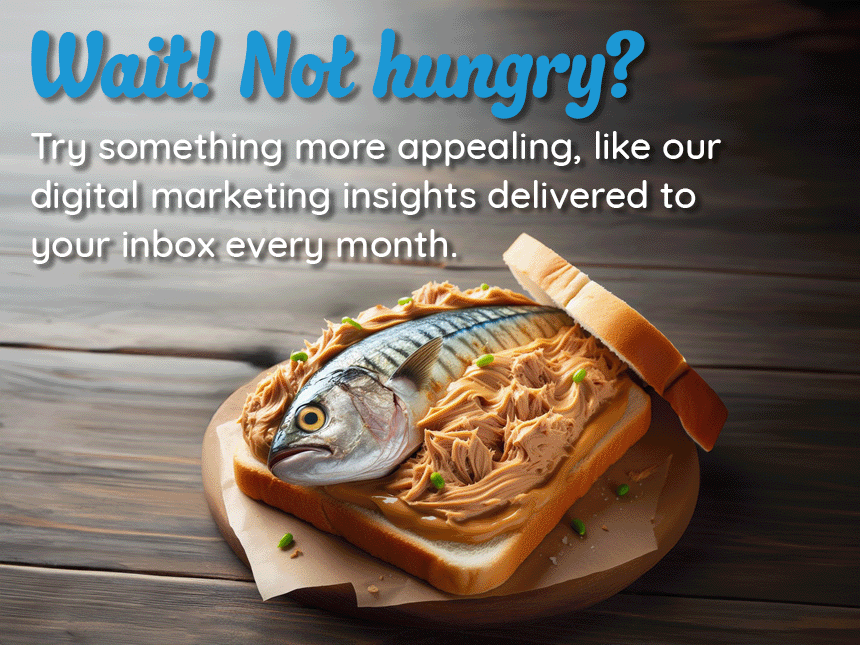When to Change Your Digital Advertising Strategy?

Over the years I’ve managed countless campaigns and I’ve worked with a variety of businesses, everyone from small mom & pop shops to fortune 500 companies. I am often asked when is the time to change your online marketing strategy? The answer is always the same: the right time to change your digital advertising strategy is when there is a better way to achieve your business goals.
Of course, this is an overly simplified answer. The truth is that digital advertising campaign strategies should be optimized for relevancy and lifetime value for the brand. Meaning your digital advertising campaigns should be managed using an ongoing process of testing and refinement. In short, you need to trust the process.
The decision to make major changes should not be taken lightly. There are several things to consider before pulling the plug on your digital advertising strategy. In this article, I’ll give you some pointers on how to identify when it’s time to pivot, switch, or straight up ditch your current advertising strategy based on internal goals, changing technology, and ample testing.
Understand Your Goals to Understand Your Success
Before burning down your current digital advertising strategy, take a second to step back and see where things went wrong. Compare the campaign and business goals against historical campaign performance. Are the KPI’s (key performance indicators, aka important metrics used to assess performance measure) measuring the right thing?
Don’t Be Impressed by Impressions
One common problem is that digital advertising campaign goals are connected to non-business driving metrics such as impressions, impression share, reach, and clicks when they should be focused on leads, revenue (sales), and profits. If you are only looking at reach, impressions, clicks, and impression share, then you are missing a big piece of the equation. These metrics are important, but not on their own.
Using the wrong metrics to assess performance can lead you down the wrong path and take you further away from your true goal. For example, increasing impressions from an audience or keyword that achieves a lot of clicks but has not historically converted may not be the best use of budget, if your goal is to increase revenue. A better use of budget would be to increase the impression share and clicks to audience segments and keywords based on historical conversion rate and lifetime value of the customer. The data-driven way of optimizing and evaluating campaign performance will lead to higher revenue generated as well as reduce wasted spend.
Use the Past as Your Roadmap to the Future
Campaign goals should be set with historical data, budget, organizational structure, business culture, and brand position in the marketplace in mind. Your goals should also be within reach. Unrealistic goals based on a gut feeling instead of historical or industry data is a recipe for disaster. Once you’ve established the “right” business-driving metrics to measure, with reasonable goals, review the data. How has this campaign(s) performed over time? What’s working and what is not?
The problem and the solution will appear in the data. Start by comparing website traffic and campaign performance using long-term and short-term date ranges by cost, conversions, and revenue. See where the money is being spent and compare it to organic and referral source traffic. Checking metrics such as events, time on site, page depth, conversions, cart abandonment, conversion path length, time decay by dimensions like source/medium, keyword, landing page, audiences, region, language and device will give you enough data to see where you missed the mark.
Tip: Review Organic and Referral traffic – Organic and referral data allows you to see natural user behavior. You can use this data to help you identify which entrance pages, device, language, regions, website referrals, and user paths best convert. This data is very useful and is a very good road map for configuring campaign targeting settings. Changing user behavior will cost you more than going with the flow.
Embrace Change
Be aware that organizational structures, attribution models, audience shifts, and onsite & system changes can greatly impact campaign performance. Platforms like Facebook, Bing, and Google make changes to their systems weekly if not daily. You should always be curious about new features or ad types and if they warrant testing.
Stay one step ahead of the competition. Early adoption of new features can give your brand a competitive advantage and allow you to capture market share. For example, if Google AdWords has suddenly allowed headlines to be twice as long, and your competitors don’t know that yet but you start increasing your headline length, you will suddenly be more noticeable to prospects than your shorter headlined competition.
How to Know There’s Been a Change
Don’t get caught flat-footed. Quarterly and monthly reviews of campaign performance, website traffic, and revenue generated can help you to identify trends before they become problems. Think of it this way- if you are proactive and anticipate changes, you are taking an active role in the success of your campaigns.
Take an Active Role in Management, Performance, and Testing

Managing campaigns is an ongoing process of refinement, with a focus on reducing wasted spend and increasing revenue. Continual testing is vital to a campaign’s continued success.
Testing can help to identify clear winners and losers before adopting a strategy on a larger scale. One of the biggest benefits of using digital media to deliver your message is that it is trackable. Use that advantage to help guide your path and save money.
Don’t Get Left Behind
When considering changing your digital advertising strategy, there is a lot to consider, but it all boils down to understanding your business and how users interact with your campaigns and website. Before making major changes to your marketing strategy, understand where you went wrong and test possible solutions before scaling up. Everything in the digital world moves so quickly. If you are stagnant then you may be left behind. Ongoing optimizations based on business objectives and profit is crucial to managing successful paid digital advertising campaigns.



